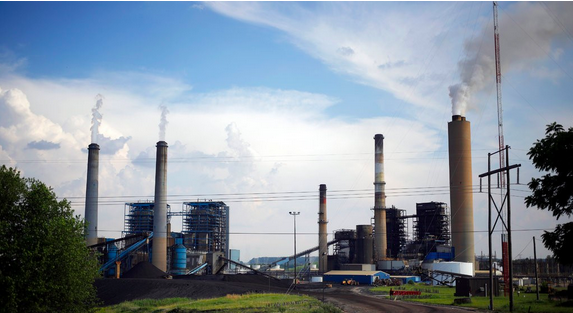WASHINGTON — As President Trump tries to tilt global trade in the United States’ favor, he is increasingly putting his finger on the scale to help once-iconic industries that are declining as a share of the American economy, at the expense of some of the country’s fastest-growing sectors.
The president’s attempts to boost domestic steel manufacturing and coal mining have come largely through policies that limit foreign competition, like tariffs, and proposals to prevent coal-fired power plants from closing. Those efforts have produced only modest job gains so far in two blue-collar sectors that Mr. Trump championed in his run to the White House. But they have injected uncertainty into a host of other growing industries — such as advanced manufacturing, natural gas production and renewable energy generation — that have helped drive American job creation since the Great Recession.
On Friday, the Trump administration escalated its trade conflict with China, announcing $50 billion in tariffs on goods from Chinese industries that the Beijing government has targeted for its next wave of economic development. The administration has not articulated a strategy similar to China’s, and experts have warned that the tariffs — and the retaliatory tariffs China has threatened to impose — will end up hurting America’s own growth industries.
By crafting an industrial policy that largely looks to the past, Mr. Trump differs from his predecessors, who often attempted to hasten the emergence of new industries and position the United States to lead the way.




